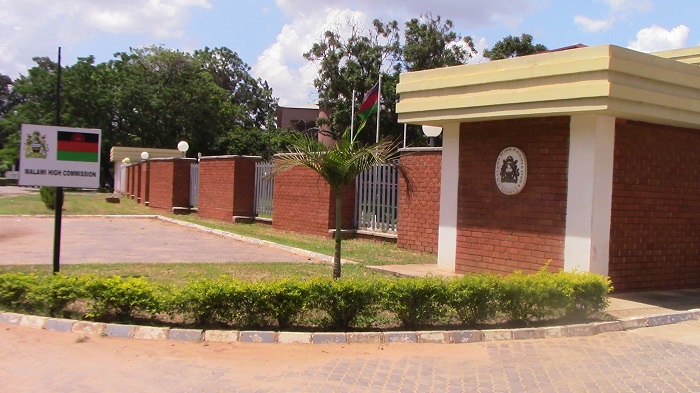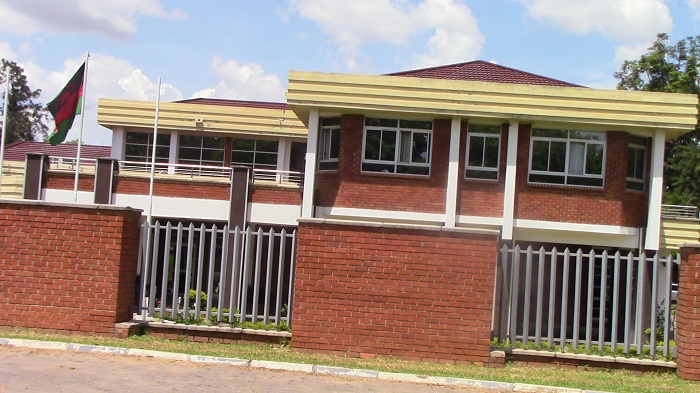|
People and Culture of Malawi The Malawi people are of Bantu origin and comprise of many different ethnic groups. These include Chewa, Nyanja, Yao, Tumbuka, Lomwe, Sena, Tonga, Ngoni, Ngonde, Asian and European. The Chichewa (Chewa) people form the largest part of the population group and are largely in the central and southern parts of Malawi. The Yao people are predominately found around the southern area of Lake Malawi and the Tumbuka are found mainly in the north of the country. There are small populations of Asian and European people living mainly in the cities. Malawi is often called the "Warm Heart of Africa." because of the warmth and friendliness of the people. Malawians typically live with their extended families in huts that are grouped together in villages. A spirit of cooperation prevails as family members share both work and resources. As you drive through Malawi you can see the small villages of huts and people at work in the fields or collecting water for their families. Malawi's culture is rich and fascinating due to the country’s ethnic mix of tribes, all of which have unique customs and traditions. Most Malawians live outside the cities in traditional villages based on agriculture, with each family working as a group. Housing, languages, dress, song, dance, and beliefs are as varied as the tribes themselves. The style and decoration of clothing denotes the individual's tribe, with the most important garment the chitenje, a wrap-around skirt worn by women over a regular skirt to be used as a baby-carrier, apron, basket, and more. The dominant religion is Christianity. However, traditional beliefs still flourish, with some Malawians seeing no conflict between the two extremes. Religious persuasion, tribal identity and political affiliation are closely intertwined in Malawi, along with tolerance of all beliefs including Islam, the second most prominent religion. Music and dance are an essential part of cultural life, both urban and rural communities. Batik (color design) and carving are highly-respected art forms in Malawi, with designs representing stylized pictures of village life and animals. Teak, ebony and mahogany carvings including masks, figurines, traditional three-legged tables, and chiefs’ chairs are highly coveted souvenirs. Literature is via oral tradition, although nowadays ancient legends and tales are written down for posterity. |
|
Building of Malawi High Comission in Lusaka, Zambia









